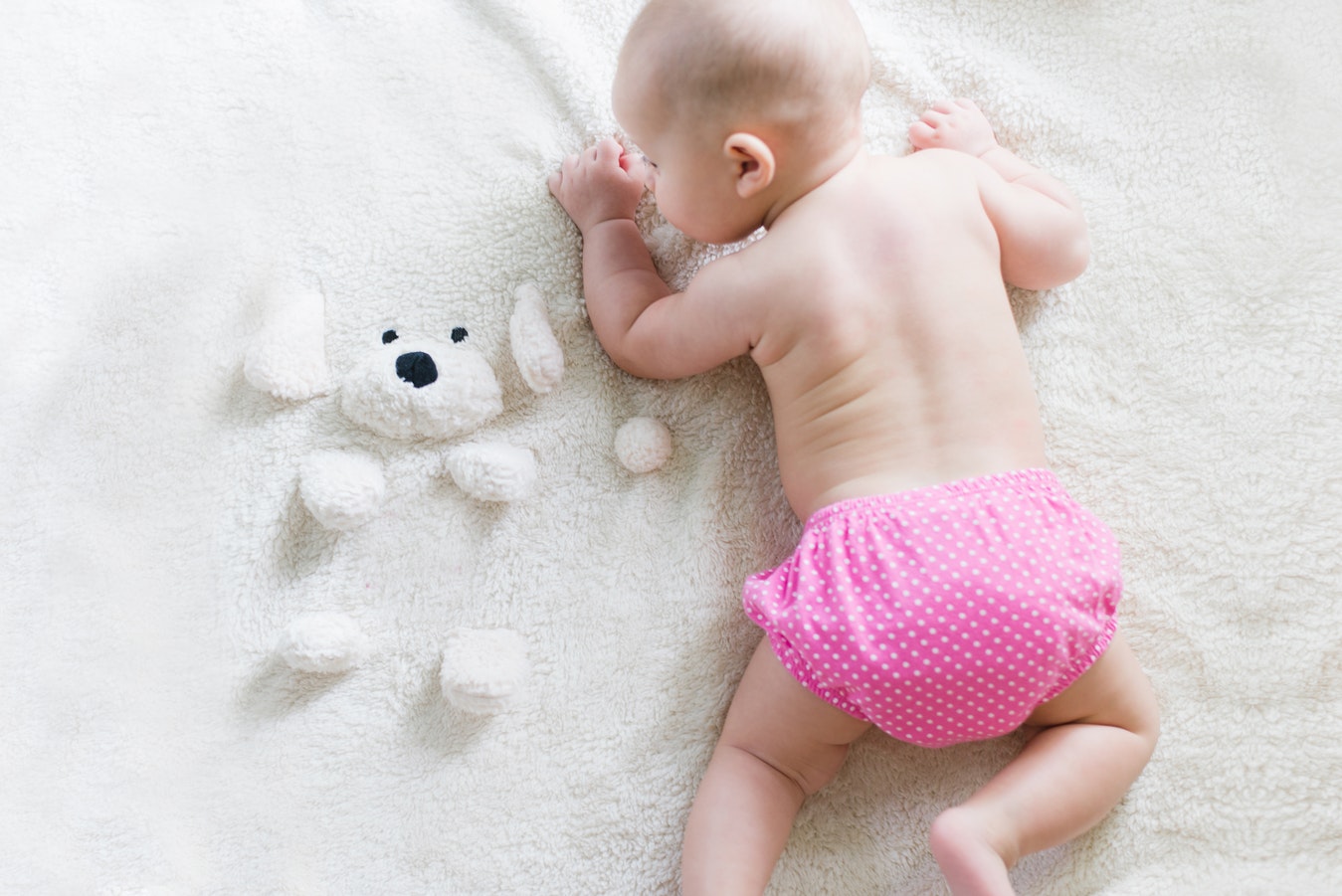- Home |
- Search Results |
- How to start potty training: Top tips for new parents

Spot the signals
Whether your baby is only a few months or over a year old, they will give signals that indicate they have to use the potty. If you watch them closely and tune into these, you can bring them swiftly to the toilet. Amber Hatch writes that, depending on their age, these could be:
- crying
- wriggling legs and body
- heavy breathing
- giving you ‘a look’
- popping on and off the breast or bottle
- shivering
- sudden changes in behaviour
- grunting
- going red in the face
- passing wind
- making a hand signal which implies they have to go
- telling you they have to go
If you take your child to the toilet when you see one of these signs and they do use it, this will reinforce a connection. They will think, 'when I cry with a full bladder, my parent takes me to the toilet.'
If you are having trouble spotting the signals, try and work backwards. When they soil their diaper or clothes, think back to their behaviour in the minutes before it happened. If they were acting out of the ordinary or doing something specific, you can try taking them to the toilet the next time that happens.
Introduce routines
Amber says that 'setting regular times for potty or toilet visits can help establish a tradition of co-operation (just like tooth-brushing at bedtime).' Take advantage of predictable times to try and use the toilet with your child – when they wake up, after a meal, before going out, and before going to bed. Even if they say they don’t have to go, introduce a routine of sitting on the potty anyway. This will establish a good habit for the future.
Kit out the bathroom
Toilets are generally designed for adults, which can make the prospect of using them quite daunting for a young child. If they are old enough to sit up on the toilet by themselves, make sure there is a step for them to use that allows them to climb up. You could also try installing handles or smaller potty ‘inserts’ to make sitting down easier for them. The more independent they feel during this process, the more eager they will be to commit to potty training.
Dress for success
When your child is starting to potty train, there is sometimes very little time between them knowing they have to go, and them actually going. There will be quite a few runs to the bathroom in hopes of making it on time! If you or your child has to unfasten belts, undo buttons, or step out of dungarees, this increases the chances of them having a ‘miss’, where they accidentally soil themselves. Dress them in simple, easy-to-take-off clothes to streamline the process.
Offer choices
All children, but toddlers especially, like to feel independent and in control. Some resist potty training because they feel as though they are being forced. If you give them choices, such as letting them decide which colour toilet paper to use, or which soap they want to wash their hands with afterwards, they will be more willing to play along.
Make it fun
Amber suggests turning the potty training experience into a game to prevent children from creating negative associations with it. If they don’t have a good time, they won’t want to use it. She suggests being 'generous with toys, stories, games, and especially your attention while your child sits on the potty.'
Set up rituals
Children love rituals: reading a particular story every night before bed, having a cuddle with a certain toy during naptime, using the same sippy cup. Potty training should present no exception. Amber suggests 'choosing a certain sticker to stick on each time they sit or singing a special song together, or reading a particular book.'
Change the dynamic
If potty time is a battle for you, your child will sense this and become even more reluctant to participate, creating a vicious circle. Pay careful attention to how you are bringing up the subject of the toilet around your child. If you ask, 'do you need to use the potty?' with a mixture of dread, exasperation, and accusation, your child might just say “no” out of frustration with your tone. Try putting on your ‘happy voice’ when approaching the subject of the potty.
Be outwardly positive
When they use the potty successfully, act happy! Use eye contact, tone of voice, and smiles to communicate that you are very pleased. Children tend to mimic the responses of their parents at a young age, so this will reinforce a positive association with the potty.
Go outside
For some reason, both children and toddlers have a much easier time going potty when they are outside. If you have a portable potty, try taking them out into the garden to use it.
Stop badgering
If you are always bringing up the subject of the potty, even when your child doesn’t have to go, they will start to feel harassed and annoyed, creating a negative association. Amber suggests noting how many times your child urinates per day, and only suggesting that they go to the toilet that number of times.
Insist
Some children are more difficult than others. If they keep refusing to go, you can make it clear that using the toilet is a simple fact of life by gently insisting. Rather than asking them if they want to use to potty, tell them that when they finish their game or activity they need to use it. If they respond well to being given choice, let them decide when they will use the potty in the next hour, for example.
Remember that mistakes happen
No child or parent gets it right straight off the bat. There will be a few accidents here and there. Consistency is better than perfection!